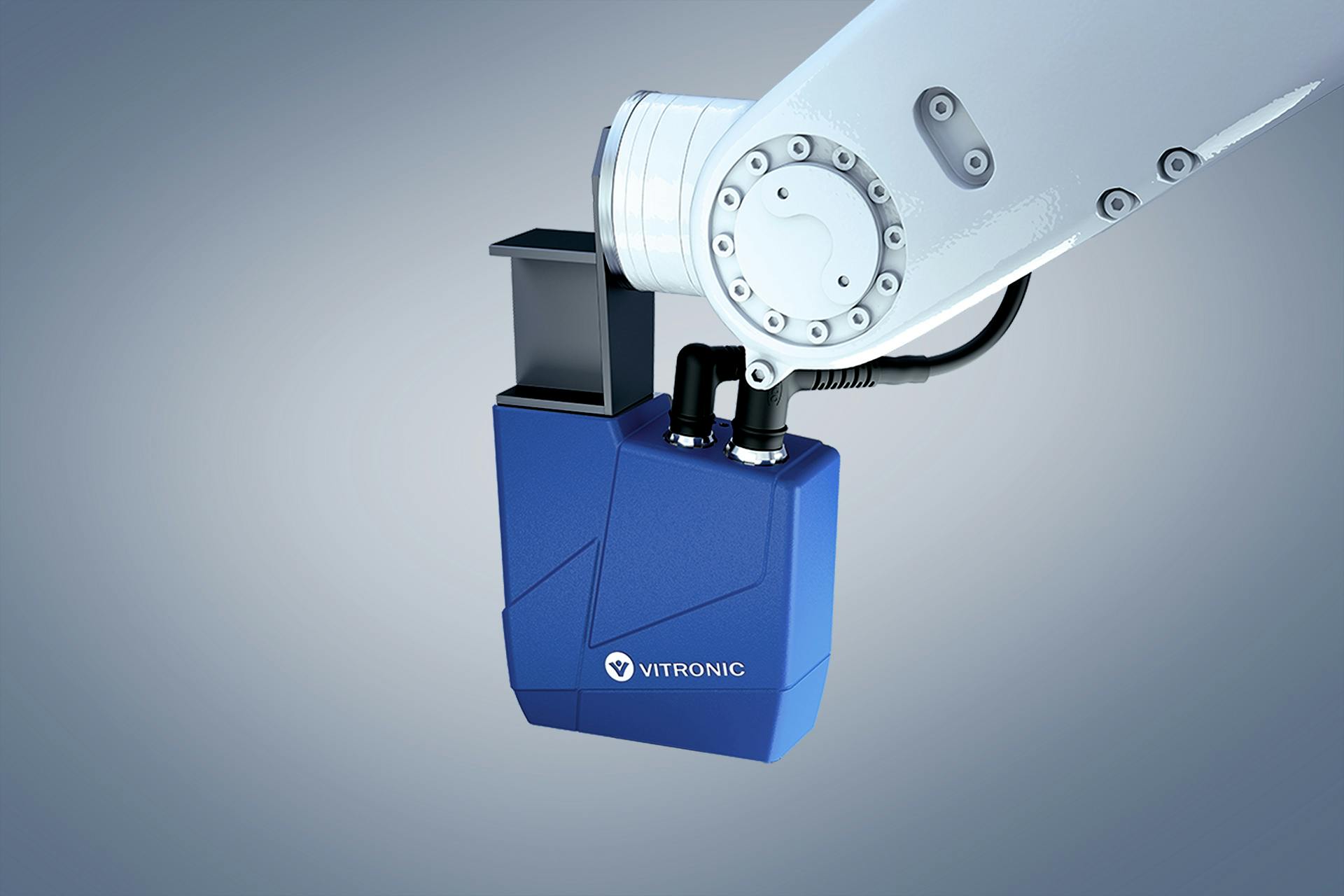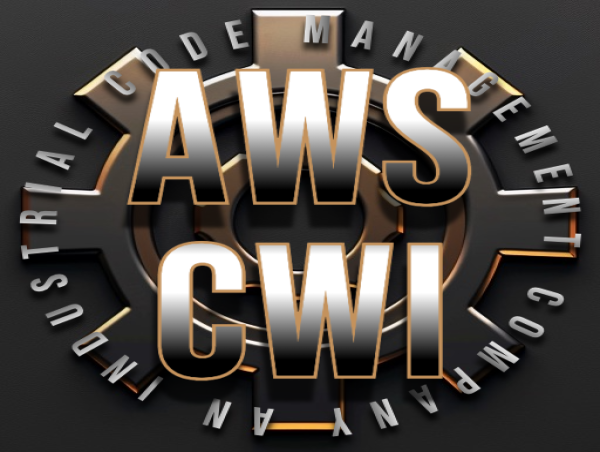The Influence of Welding Inspection Milwaukee on Project Success and Compliance
The Influence of Welding Inspection Milwaukee on Project Success and Compliance
Blog Article
Understanding the Value of Welding Inspection in Ensuring Structural Integrity and Security Across Numerous Industries
Welding examination is a crucial procedure that safeguards structural integrity and safety across diverse industries. By carefully examining weld high quality, assessors help avoid flaws that could bring about tragic failures. This organized examination not just reinforces conformity with industry requirements but additionally plays an essential role in maintaining properties and making sure public safety. The ramifications of neglecting correct assessment techniques are profound, commonly leading to substantial financial and human costs. As we discover the ins and outs of welding inspection, the concern emerges: what are the most important elements that add to reliable inspection processes?
Duty of Welding Examination
While the honesty of welded structures is critical to safety and performance, the role of welding evaluation can not be overstated. Welding examination functions as an essential quality assurance procedure that guarantees the adherence to developed criteria and specs throughout the welding operation. By systematically assessing welds for problems, disparities, and non-compliance, examiners play a critical duty in securing the stability of structures across various industries.
Welding inspections encompass a series of activities, from pre-weld assessments to post-weld examinations. These analyses not just determine prospective problems prior to they escalate yet additionally boost the total dependability and life expectancy of welded parts. Welding Inspection Milwaukee. Inspections assist to verify the ability and competencies of welders, making certain that welding procedures are performed correctly and products work
Furthermore, a strenuous examination procedure promotes conformity with regulative requirements and industry requirements, reducing the threat of tragic failures. By advertising a culture of safety and security and responsibility, welding evaluation adds dramatically to both operational and financial performances. Altogether, the role of welding inspection is crucial, as it underpins the quality, safety, and long life of welded structures necessary to modern-day framework and industry.
Kinds Of Welding Evaluations
Understanding the different kinds of welding inspections is vital for maintaining the high quality and safety and security of bonded frameworks. Welding evaluations can be classified right into numerous types, each offering a details purpose in the assessment process.
Aesthetic examination is the most fundamental type, entailing a mindful evaluation of the welds with the naked eye or with magnifying. This approach aids determine surface area defects such as fractures, incomplete combination, or too much spatter.
These techniques enable inspectors to analyze the honesty of welds without endangering the material's structure. Ultrasonic screening utilizes high-frequency sound waves to identify internal imperfections, while radiographic screening utilizes X-rays or gamma rays to visualize internal weld features.
Devastating screening, though less common, includes physically testing examples to comprehend the weld's mechanical residential properties. Each sort of inspection adds to an extensive analysis, making sure that welding fulfills industry standards and safety and security requirements.
Market Specifications and Laws
Establishing market requirements and laws is important for making sure the security and reliability of welded frameworks. These requirements function as benchmarks for top quality, click for more performance, and safety, assisting manufacturers and inspectors in the execution of welding procedures. Various organizations, such as the American Welding Culture (AWS) and the International Company for Standardization (ISO), have established thorough criteria that determine procedures for welding methods, credentials of welders, and examination strategies.
Conformity with these guidelines not just boosts the quality of welds yet additionally minimizes risks linked with architectural failings. Certain codes, such as the ASME Central Heating Boiler and Stress Vessel Code, overview demands for the building of pressure vessels, ensuring they can stand up to functional anxieties. In addition, national and neighborhood guidelines typically mandate adherence to these market requirements, strengthening their value throughout fields like building and construction, aerospace, and auto production.
Regular updates to these criteria mirror improvements in innovation and welding strategies, ensuring that safety and security actions stay relevant. Thus, a thorough understanding and execution of these criteria is crucial for welding specialists, cultivating a culture of safety and quality in bonded structures.
Repercussions of Poor Inspections
Insufficient evaluations can lead to extreme effects in the welding sector, threatening the very laws and criteria developed to ensure safety and structural stability. The effects of inadequate examinations can show up in numerous kinds, from prompt security threats to lasting architectural failings.
Furthermore, poor examinations can tarnish a company's track record and lead to lawful effects, including fines and lawsuits. Non-compliance with well-known standards not just endangers the stability of jobs however likewise decreases customer trust fund in the brand name. Additionally, the monetary effects can be astonishing, incorporating both straight prices associated with repair work and indirect costs such as shed service possibilities and raised insurance policy premiums. Ultimately, the implications of poor evaluations extend past specific jobs, affecting industry-wide standards and public understanding, therefore highlighting the vital need for efficient and strenuous welding assessments.
Best Practices for Effective Examinations
Effective welding evaluations are vital to guaranteeing the stability and safety and security of bonded structures. To attain optimum results, assessors need to comply with a number of ideal practices that boost the read the article inspection process.

Second of all, inspectors should have the essential certifications and qualifications relevant to the welding procedures and products being analyzed. Continuous training and specialist advancement are important to staying upgraded on sector requirements and technical developments.
Additionally, using suitable evaluation devices and methods, such as aesthetic assessments, ultrasonic testing, and radiographic evaluations, is essential for finding flaws that could endanger structural honesty.
Lastly, complete documentation of the examination process is crucial. By executing these ideal practices, organizations can significantly boost the effectiveness of their welding assessments and guarantee risk-free, reliable operations.
Final Thought

In final thought, welding examination is necessary for preserving structural honesty and security across different sectors. Prioritizing effective welding assessments is necessary to guarantee the safety and security of workers, assets, and general functional stability.

As we check out the intricacies of welding evaluation, the inquiry occurs: what are the most important factors that contribute to efficient assessment processes?
Welding assessment offers as a critical quality control process that makes certain the adherence to developed Your Domain Name standards and requirements throughout the welding operation. In sum, the duty of welding examination is essential, as it underpins the quality, safety and security, and longevity of welded structures vital to contemporary infrastructure and industry.
Various organizations, such as the American Welding Society (AWS) and the International Company for Standardization (ISO), have developed extensive requirements that dictate procedures for welding methods, certification of welders, and assessment methods.
Eventually, the implications of bad examinations expand past specific tasks, influencing industry-wide criteria and public assumption, hence stressing the vital requirement for effective and rigorous welding evaluations.
Report this page